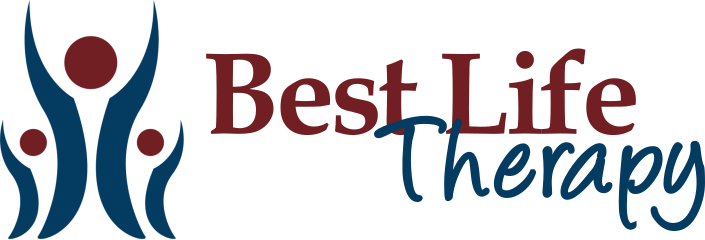Teletherapy
No Local Therapists Available? No Problem
Best Life Therapy now offers teletherapy, making our professional services more accessible and convenient than ever. Teletherapy is a growing field that uses new and evolving technology to remotely provide expert therapy services via high-resolution video conferencing platforms, such as Skype or Zoom. Using a computer, a webcam, and a high quality microphone, therapists can engage with students in one-on-one therapy sessions from their home offices to any school in the state.
Through teletherapy, students and therapists can interact with each other as if they are in the same room, with the added benefit of being able to easily reach remote, rural, and under-served areas where access to quality therapists and services is not readily available. Additionally, the low overhead allows for the use of a high intensity / frequency therapy model, which may otherwise be too costly.
Convenient. Flexible. Affordable.
Best Life’s teletherapy services offer convenient and flexible scheduling and are customizable based on each school’s needs, including dismissal rates, caseload overages, and budget. This solution helps alleviate strained school budgets, allowing administrators to focus on other vital academic needs. And just like our on-site services, teletherapy is eligible for Medicaid billing.
As with our in-person therapy solutions, all teletherapists are WV licensed and ASHA certified, and services are customized to each student based on their needs, goals, and treatment outcomes. Therapists create individualized plans for each student in order to work toward their optimal success.
Coming Soon: grOw-T
Coming soon to Best Life Therapy is our revolutionary new grOw-T program: a curriculum of weekly, web-based, interactive occupational therapy videos for pre-K classrooms.
grOw-T videos are pre-recorded and streamed on demand to suit your classroom’s schedule. Each video introduces a new set of fun, engaging activities targeting a different skill or ability, such as improving posture or developing listening skills. Students follow along with the instructor, practicing the techniques they are being taught in real time.
Early intervention provides children with the therapy they may need now in order to prevent developmental delays and circumvent the need for one-on-one therapy services in the future.
